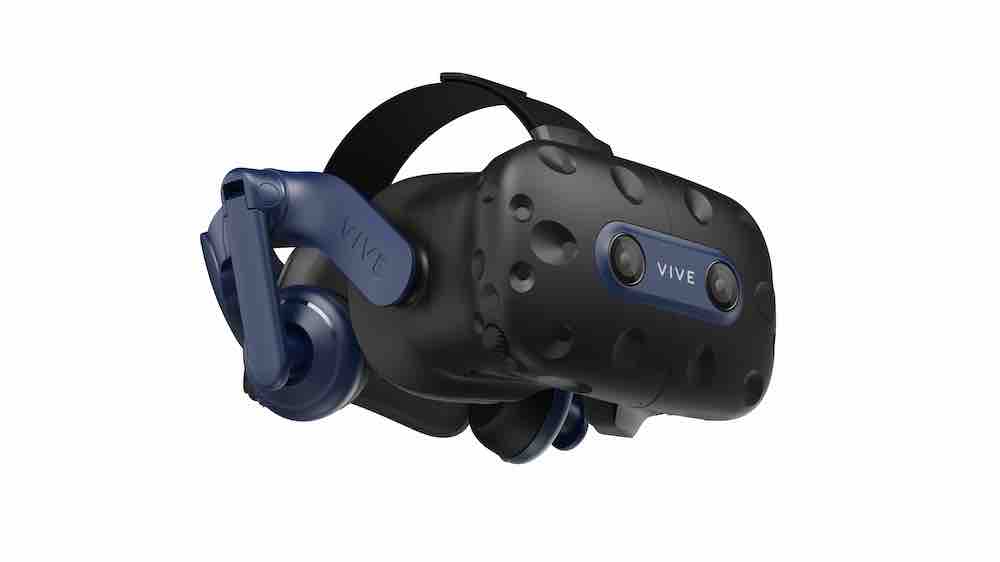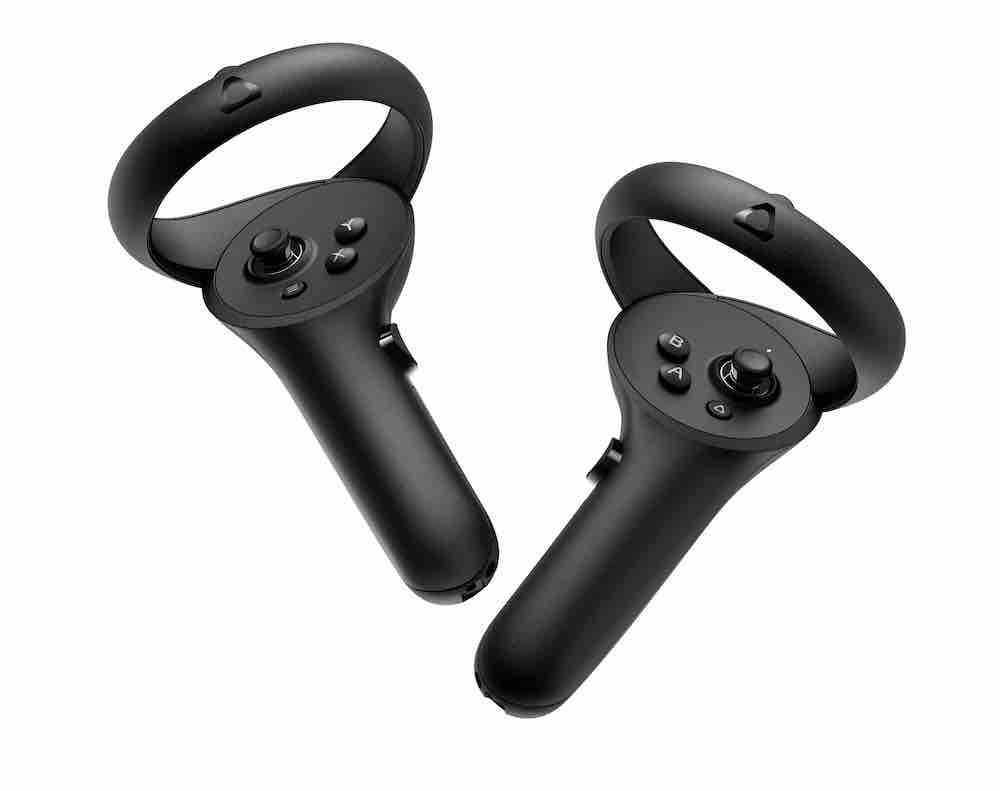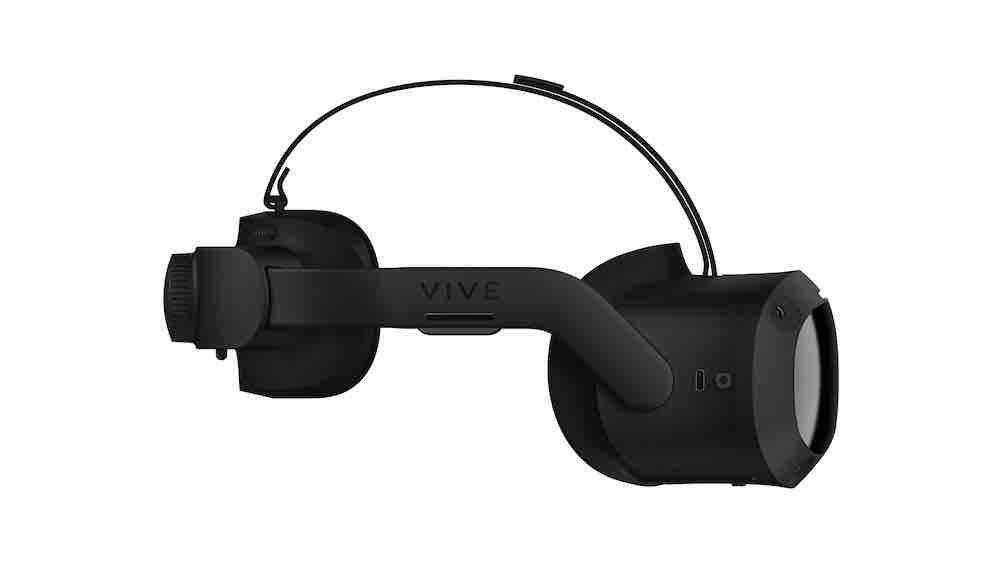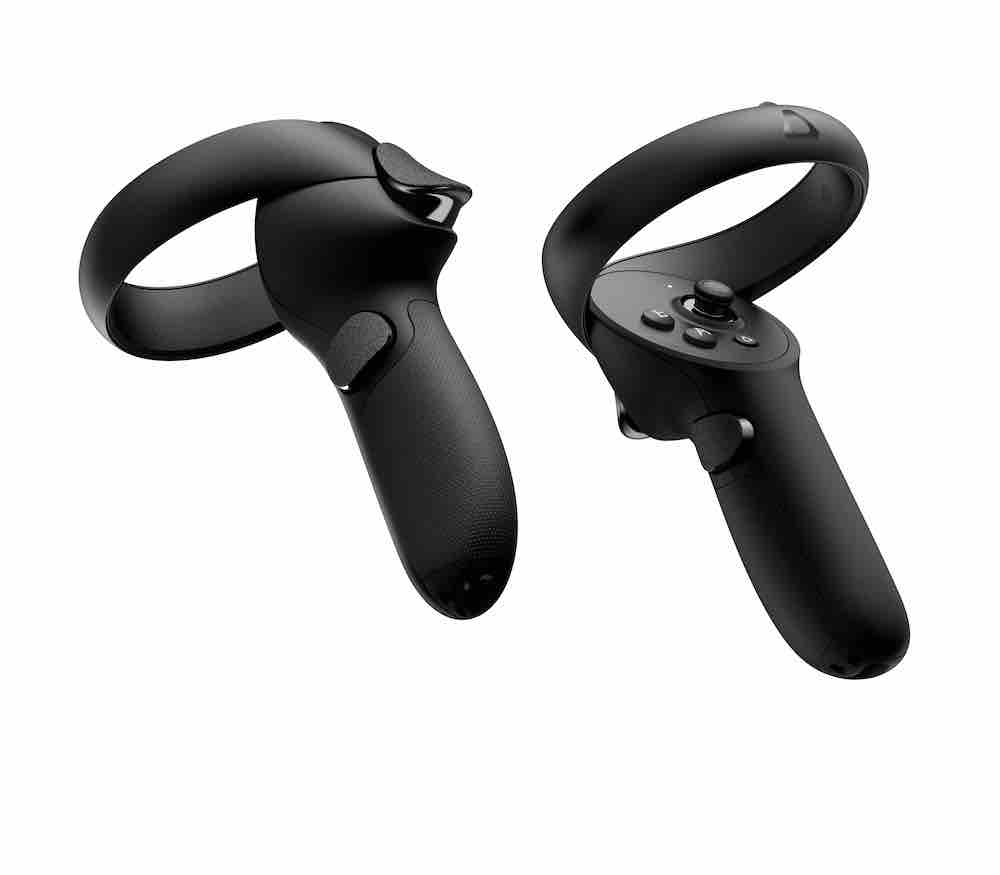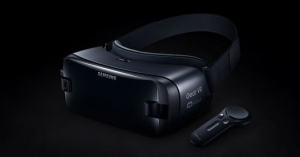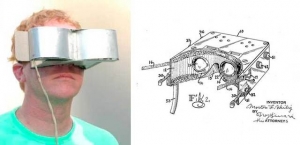HTC VIVE TAKES BUSINESS TO THE NEXT LEVEL WITH TWO NEW VR HEADSETS
HTC have announced 2 brand new VR headsets, the HTC VIVE Pro 2 and the HTC VIVE Focus 3. Bringing with it a brand new 5K resolution, 120 degree field of view and real RGB sub-pixels in both of the headsets. This is really really exciting for virtual reality fans!
- HTC VIVE Pro 2: sharp, precise, immersive. PC VR like nothing else
- HTC VIVE Focus 3: a new era for business VR. Powerful and versatile All-in-One
- 5K resolution, 120 degree field of view, and real RGB sub-pixels in both headsets
- HTC VIVE Pro 2 pre-order from 11 May, on sale 4 June. The VIVE Focus 3 on sale 24 June
- While the VIVE Business is announced: a range of new tools designed specifically for businesses of all sizes
HTC VIVE PRO 2
Firstly let’s let you know about the HTC VIVE PRO 2. It takes PC virtual reality to the next level, with every pixel and polygon updated to make high end gaming that much better.
It does this with a stunning 5K resolution display and delivers 2.5k to each eye. The refresh rate is just as impressive with a beautifully fluid 120Hz refresh rate and a fast switching panel with real RGB sub-pixels for crystal clear and buttery smooth animations. (This is already sounding very impressive and we want to have a go…NOW!)
A users field of view has also been increased to 120 degrees. This is thanks to VIVE Pro 2’s new bespoke dual stacked lens. Therefore allowing for minimal motion blur and the ‘screen door effect’ is basically eliminated giving users and gamers a much more natural and immersive experience.
For the first time in a VR headset there is Display Stream Compression. HTC VIVE worked closely with NVIDIA and AMD to optimise this. Display Stream Compression ensures maximum visual quality and is backwards compatible with DisplayPort 1.2. Therefore even graphics cards which supported VIVE Pro will see a benefit with VIVE Pro 2.
VIVE Pro 2 has fine-adjustable inter-pupillary distance (IPD), evenly distributed weight balance, adjustable head strap, and a quick-adjustable sizing dial. Perfect for finding your personal preferences, and also sharing the experience with others. While VIVE Pro 2 has 3D spatial sound with Hi-Res Audio Certified headphones, and supports third party headphones.
Accessories
For those worrying about accessories, don’t worry too much! As All VIVE Steam VR ecosystem accessories will work with HTC VIVE Pro 2. VIVE Trackers of any generation, the new VIVE Facial Tracker and much more work with HTC VIVE Pro 2. The new powerful VR Headset will also slot extremely well into your existing SteamVR setup. Whether you use Base Station 1.0 or 2.0, older controllers or even controllers and gloves like Valve’s Index ‘knuckle’ controllers.
For those looking to upgrade, VIVE Pro 2 in the headset-only version is available for pre-order from 6pm BST on 11 May. While as a special thank you for loyal users, VIVE is running a special promotion during the pre-order period, offering a discount for those who want to upgrade – making VIVE Pro 2 headset available for £659 / $749 / €739.
The full-kit VIVE Pro 2, which includes Base Station 2.0 and VIVE Controllers, is available from 4 August, for £1299 / $1399 / €1399Read more about the VIVE Pro 2 here: vive.com/vive-pro2
HTC VIVE Focus 3
That’s not all there is also a new All-In-One VIVE Focus 3. This is the ultimate solution for business VR. By combining outstanding visuals with a smarter ergonomic design, superior audio and improved tracking and controllers.
Much like the HTC Vive Pro 2, the HTC VIVE Focus 3 has a 5K resolution with class-leading dual 2.5k displays, a smooth 90Hz refresh rate and an ultra wide 120-degree field of view. While the headset also has the same tech and has fast-switching display panel which uses real RGB subpixels, again essentially eliminating the screen door effect. Therefore things such as writing and overall fidelity are much clearer allowing for software design and user interaction to be more natural for the user.
Comfort
Furthermore the VIVE Focus 3 delivers superior comfort than its predecessor. It has a brand new strap design, balanced weight distribution, and an intelligently designed curved battery pack which is swappable. Also the VIVE Focus 3’s battery pack can be changed in seconds, allowing you to keep going on a very busy day. While quick charge gives you 50% battery with just 30mins of charging, an L.E.D indicator will let you know how much power you have left.
Also, continuing on for comfort for the user, it is durable and lightweight. The magnesium allow frame of VIVE Focus 3 is 20% lighter and 500% stronger than traditional plastics. It has a wide range and fine adjustable Inter Pupillary Distance range. While it has a quick-release button and easily removable magnetic front and rear face gaskets. Therefore making it quick and easy to change and clean.
Moving on to the sound VIVE Focus 3 has open-back speakers featuring a pair of dual drivers. The speakers are contact free meaning users can maintain environmental awareness whilst using the device. Impressively there is also a special audio privacy setting which reduces the risk of being overheard by people nearby.
Tech
VIVE Focus 3 uses an AI powered inside out tracking algorithm for precise tracking. Whilst remaining with privacy at the forefront of all tracking data. All stored in an encrypted format on the headset. There are also some redesigned controllers which are easy to use, whilst also lasting for 15hours on a single charge. There is also hand tracking support which is said to be released in the future.
VIVE Focus 3 is powered by the premium-quality Qualcomm® Snapdragon™ XR2 Platform which unlocks staggering performance improvements including twice the CPU and GPU performance and 11x the AI processing compared to its predecessor which powers the original VIVE Focus.
Powering VIVE Focus 3 is a specially optimised Qualcomm Snapdragon XR2 platform, combined with a copper heat pipe and cooling fan, so that it’s always stays cool. Featuring the all-new VIVE Reality System 2.0 which delivers a more streamlined and professional environment, VIVE Focus 3 will be on sale 24 June 2021, for £1060 / $1300 / €1180 (includes 24 month VIVE Business Warranty and Services, excludes VAT). Read more about the VIVE Focus 3 here: vive.com/vive-focus3
VIVE Business
A great companion to the Focus 3, VIVE Business is a complete suite of software and services aimed at business looking to get the best out of XR. VIVE Business is scalable and secure, making life easier for deployment, maintenance, remote support and training needs.
The VIVE Business Management Device platform is a simple and intuitive MDM (Mobile Device Management) and is ISO certified. Therefore allowing IT to quickly and easily see the status of each VIVE Focus 3 on the network. You are also able to remotely install new business apps, update software and more. It is designed to work with Android Enterprise MDM. Therefore making it slot into pre-existing MDM solutions already active in your work environment.
Furthermore the VIVE Business AppStore is a curated collection of apps and tools. Which cover diverse areas like training communication, visualisation, and more.
Furthermore the VIVE Business Training is great for training sessions of any size, a training leader can observe the progress of each trainee via an Android device. While highlighting the next streps and talking to the training through it. VIVE Business Streaming will support connecting to a PC via a cable. There will be new tolls and features added to VIVE Business, such as fully wireless streaming support.
VIVE gives control back to businesses. Organisations can choose to take up VIVE Business services, or they can simply pay a one-off cost for VIVE Focus 3 and integrate it into their existing setup, with no recurring fees and the ability to use their hardware as they choose to.
VIVE Sync
Vive Sync is the way to meet in VR with realistic avatars to host presentations and examine 3D models. Also teach a class! Vive Sync has been in beta since June 2020 and has been used in almost 100 countries around the world. It is launching in Pro and Enterprise versions, offering different new environments, tools and ways to interact. Collaborate on product design, bring every day files into VR with Microsoft PowerPoint through 3D Formats. Vive Sync is perfect for groups of up to 30 or more people. Read more about VIVE XR Suite here: enterprise.vive.com/solutions/xr-suite
The VIVE Pro 2 is available to pre-order from the 11th May, with an on sale date of the 4th of June. The VIVE Focus 3 has an on sale date of the 24th June.
What the bosses say:
“At VIVECON we redefined premium VR for both businesses and consumers, with stunning 5K resolution and 120 degree field of view setting a new benchmark for PC VR and All-in-One headsets. VIVE Pro 2 delivers an amazing immersive experience, with beautifully fluid visuals, comfort, and precise tracking, for when every pixel and polygon counts,”
“VIVE Focus 3 heralds a new era of business VR – crafted for stunning visuals while also being durable and lightweight, with superior comfort and ease of use. Our new VIVE Business solutions make it easier than ever for an organisation to use VR, so whether it’s a small start-up or a multinational, everyone can benefit from the transformative potential of VR.”
Graham Wheeler, HTC VIVE EMEA General Manager
Keep up to date with everything How To Kill An Hour by signing up to our newsletter by clicking here!
Let us know what you think of the show by clicking here!
Click here to subscribe to our YouTube Channel to see more amazing ways to kill time!
Follow us on Twitch by clicking here!



